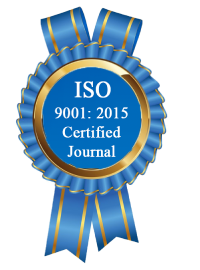| All | Since 2020 | |
| Citation | 172 | 110 |
| h-index | 7 | 5 |
| i10-index | 1 | 0 |
WJERT Citation 
Login
News & Updation
Abstract
SATELLITE SEA LEVEL MEASUREMENT: A REVIEW OF CURRENT TECHNIQUES
Ismat Mohammed Elhassan*
ABSTRACT
The measurement of sea level is quite important for sea navigation safety, bathymetric survey, marine engineering, military purposes and climatic studies. In climatic studies sea level is an indication to know if the oceans are rising or falling over time and to what extent is this rise or fall. Coastal cities would surely be affected if oceans and seas are rising significantly. Melting glaciers and global warming among other weather changes caused by man are main causes of an overall rise in sea level. For its high importance and strategic values, sea level has been monitored by hydrographers for about 200 years. Tide gauges, which are water-level recorders were the instruments used for this job for almost all this period. Only recently, new sea level measuring techniques are invented and used for recording sea level, especially at places where it is difficult to install conventional tide gauges. These new techniques include acoustic gauges, pressure gauges, radar gauges, global positioning systems gauges and satellite altimeters. In contrast to the sparse network of coastal tide gauges, measurements of sea level from space by satellite altimetry provide near global and homogenous coverage of the world?s oceans. The present paper is an attempt to give an introduction about importance, causes and effects of sea level rise and to review satellite techniques used for sea level measurements. A brief history of the development of satellite techniques and a comparison with tide gauges regarding difficulties, problems and limitations facing each will be investigated and outlined.
[Full Text Article] [Download Certificate]
